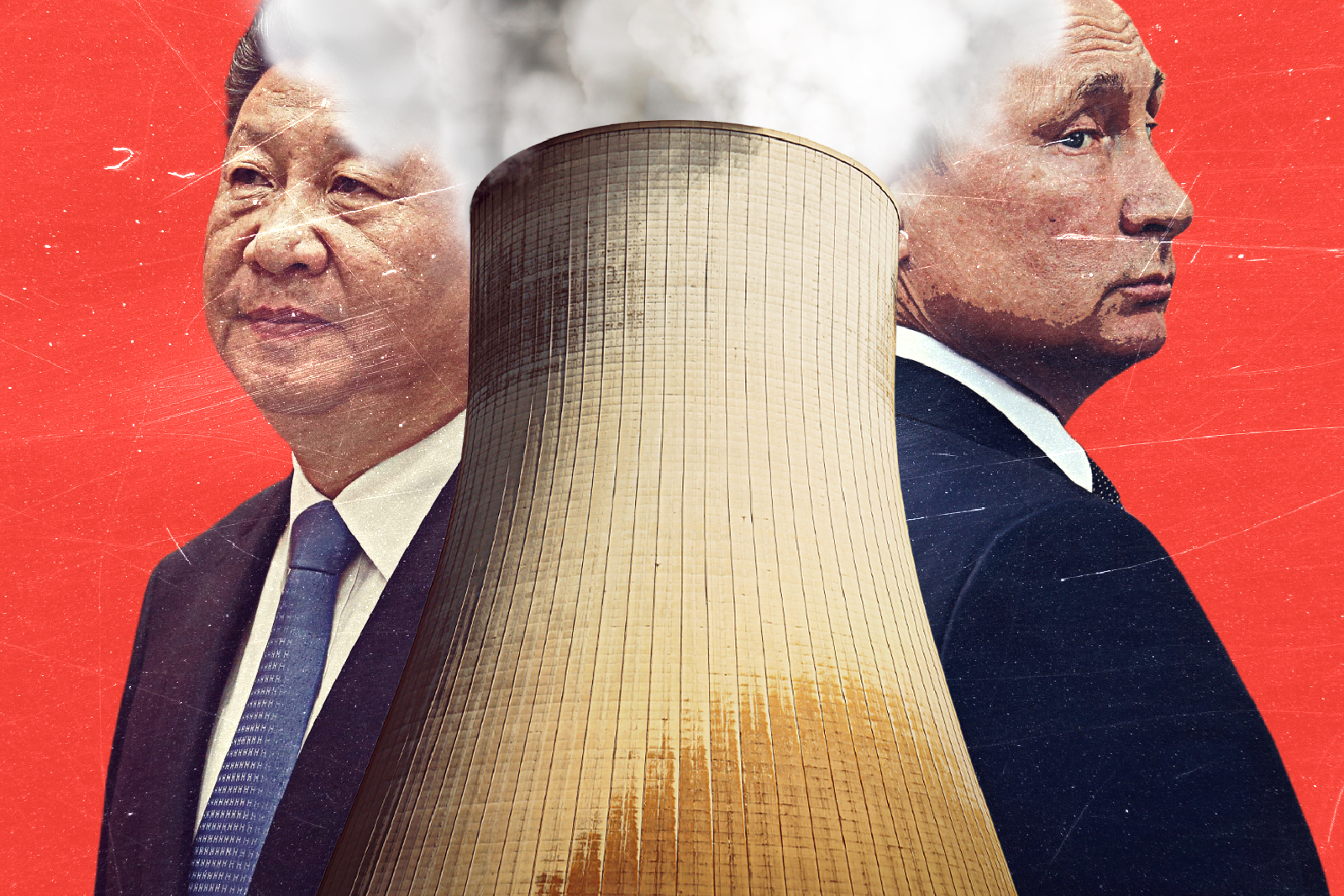
How the U.S. Can Use Nuclear Energy Exports to Deter China and Russia
Last week, Japan and the United States agreed to construct next-generation nuclear reactors together. This announcement follows Japan’s decision last December to reverse course on nuclear energy, choosing to extend the lives of its existing nuclear reactors and build new ones as well.
While this certainly strengthens the U.S.-Japan alliance, our nuclear exports are still outmatched by China and Russia. In this new nuclear competition we face against our great power rivals, civilian nuclear energy is now the focus — and the U.S. is losing. The U.S. and its allies must update our nuclear export guidelines in order to deter our rivals’ aggression and promote domestic nuclear industries.
The world is hungry for clean, affordable energy. Russia and China are exploiting this need to control global energy supplies. Their nuclear partnerships are not designed purely for economic gain. For China, they are part of its Belt and Road Initiative, which forces partner countries to become dependent on China through economic ties — pushing them away from the West and into China’s sphere of influence. For Russia, it’s another version of their “pipeline politics” in Europe.
Such power-mongering should deeply concern the U.S. and its allies. Unless we act quickly, our nuclear industry will be overtaken by Chinese and Russian competitors, inhibiting our ability to innovate in a global market predicted to reach $8.6 trillion by 2050.
China and Russia are currently on track to own the energy of dozens of countries — many of which are developing economies with little means to break the yoke of their energy suppliers should relations sour. Russia, the leading exporter of nuclear reactors, is building 10 reactors in foreign countries, including Egypt, Turkey, and Bangladesh. Russia is planning to build the first Build-Own-Operate (BOO) nuclear plant in the world in Turkey. Once operational, Russia will supply nearly 10% of Turkey’s energy. China, having already completed four reactors in Pakistan with another two on the way, has agreements to build reactors with nearly a dozen different countries from Kenya to Kazakhstan. We cannot allow China and Russia to create vassal states through nuclear energy exports.
China and Russia are able to undercut U.S. reactor exports due to our membership in the Organization for Economic Co-operation and Development (OECD), of which China and Russia are not members. The U.S. and its allies France, the UK, Canada, and South Korea are bound by strict OECD export guidelines like minimum interest rates and mandatory loan repayment terms.
These guidelines enable Russia and China to outcompete OECD countries by offering more favorable economic terms. Although the terms are less expensive than Western offers, they allow Russia and China to retain near-total control over the plants.
The U.S. Export-Import Bank (EXIM) and the Development Finance Corporation (DFC) have made progress in supporting American nuclear exports. EXIM recently announced $3 billion in financing for new reactors in Romania, leading the Romanian government to cancel an agreement with China’s state-owned nuclear company to build the reactors — a strategic victory for the U.S. against China. The DFC intends to back NuScale, an American producer of next-generation Small Modular Reactors (SMRs), in response to a South African government request for a 2,500-megawatt nuclear energy expansion.
These are positive steps, but the U.S. government could do more to support U.S. nuclear exports. Take the new China and Transformational Exports Program (CTEP) under EXIM for example, described as “a mandate for EXIM to help U.S. exporters facing competition from the People’s Republic of China.” CTEP lists target areas in which assistance will be provided to U.S. exporters. While renewable energy is listed, nuclear is not.
Onerous and complex export controls also hamper U.S. reactor competition. Four federal agencies together dictate nuclear export control rules, increasing the time and cost for exporters to receive approval. While there have been attempts to remove these roadblocks such as the International Nuclear Energy Act, proposed by U.S. Senators James Risch (R-ID) and Joe Manchin (D-WV) in April of 2022, such legislation addresses only the symptoms of the OECD’s reactor export restrictions, not the cause.
We need to address the root problem: the U.S. and its allies must agree to remove reactor export restrictions like minimum interest rates and mandatory loan repayment terms. Removing these restrictions would empower the U.S. to compete against Russia and China, whose growing aggression and adversarial posture towards the West necessitates immediate action.

